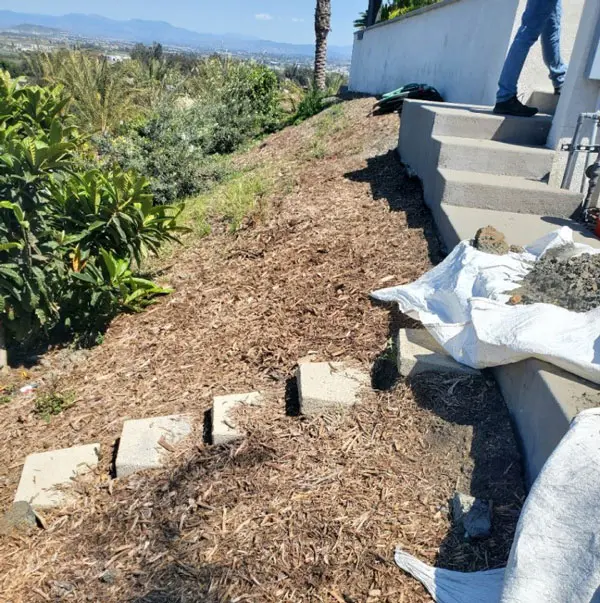Managing erosion in the landscape – part 2


Sustainable Development Goals (SDGs) and Soil Erosion
Introduction
My last article addressed some general aspects of soil erosion. This week’s article is about one factor that affects how much erosion occurs and that many people can manage to some extent: the amount of cover on the soil.
Role of Plants in Reducing Erosion
Leaves and roots of plants play major roles in reducing erosion. Plant characteristics that help with erosion management include the following:
- More complete soil coverage by the plant canopy
- Faster establishment
- Fine, fibrous roots that extend laterally and help hold onto the surface layer of soil
- Deep roots that anchor soil
SDGs, Targets, and Indicators
1. Which SDGs are addressed or connected to the issues highlighted in the article?
- SDG 15: Life on Land
The article discusses the importance of plant cover in reducing soil erosion, which directly relates to SDG 15, which aims to protect, restore, and promote sustainable use of terrestrial ecosystems, sustainably manage forests, combat desertification, halt and reverse land degradation, and halt biodiversity loss.
2. What specific targets under those SDGs can be identified based on the article’s content?
- Target 15.3: By 2030, combat desertification, restore degraded land and soil, including land affected by desertification, drought, and floods, and strive to achieve a land degradation-neutral world.
The article emphasizes the role of plant cover in reducing erosion and maintaining healthy soil, which aligns with the target of combatting desertification, restoring degraded land and soil, and striving for a land degradation-neutral world.
3. Are there any indicators mentioned or implied in the article that can be used to measure progress towards the identified targets?
- Indicator 15.3.1: Proportion of land that is degraded over total land area
- Indicator 15.3.2: Proportion of land that is restored and degraded land that is sustainably managed
The article highlights the importance of maintaining plant cover to prevent soil erosion and degradation. Indicators 15.3.1 and 15.3.2 can be used to measure progress towards the target of combatting desertification, restoring degraded land, and achieving sustainable land management.
4. SDGs, Targets, and Indicators
| SDGs | Targets | Indicators |
|---|---|---|
| SDG 15: Life on Land | Target 15.3: By 2030, combat desertification, restore degraded land and soil, including land affected by desertification, drought, and floods, and strive to achieve a land degradation-neutral world. | Indicator 15.3.1: Proportion of land that is degraded over total land area Indicator 15.3.2: Proportion of land that is restored and degraded land that is sustainably managed |
Source: hammondstar.com








